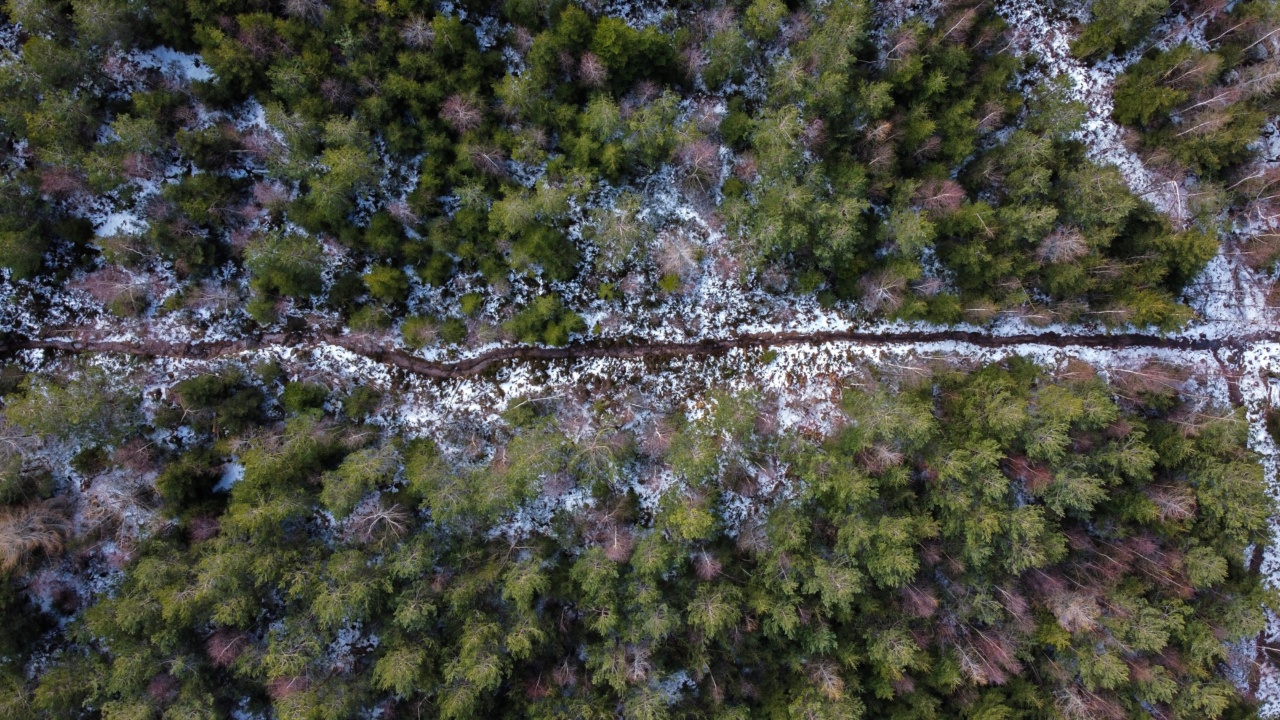Forest fires can be devastating not only for humans but also for animals. During a forest fire, animals can get trapped and unable to escape. In such situations, animal rescuers become the heroes for distressed and injured animals.
This guide is for anyone who wants to help wildlife rescue efforts during a forest fire. It will provide information on what to do in case of a forest fire, how to keep yourself safe, and tips for rescuing animals.
Understanding Forest Fires
Forest fires can be dangerous and can spread rapidly, making it difficult to control them. Forest fires usually occur during hot, dry weather and can be caused by lightning or human activities such as smoking, campfires, fireworks, and arson.
Once a fire starts, it can spread quickly and burn anything in its path. The smoke produced from the fires is hazardous and can cause respiratory problems.
Preparing for Rescuing Animals from Forest Fires
Before attempting any rescue operations, it is essential to prepare yourself by taking precautions and getting organized. Here are some tips to help you prepare:.
- Get familiar with the area: Take time to familiarize yourself with the area where the forest fire is occurring. Know the boundaries, the terrain, and the wildlife that live in the area.
- Get proper equipment: Get the required equipment such as safety gear, gloves, rope, and a first aid kit. Having a fire extinguisher and water can also be helpful.
- Connect with local animal rescue groups: Connect with local animal rescue groups, wildlife rehab centers, and other volunteers to form a team and coordinate rescue efforts.
- Understand animal behavior: Understand the behavior of the animals you are intending to rescue. For example, if you are rescuing birds, you need to understand how to safely handle them and how to transport them.
- Learn animal rescue techniques: Learn techniques like how to safely capture, transport, and release wildlife.
Staying Safe during Animal Rescuing Efforts in Forest Fires
During a forest fire, rescuers need to take safety precautions to ensure they don’t put themselves at risk. Here are some ways to stay safe:.
- Wear protective gear: Wear protective gear such as helmets, goggles, gloves, and masks to protect yourself from smoke and debris.
- Stay informed: Stay informed about the fire situation and any updates about evacuation orders and traffic conditions.
- Stay hydrated: Drink plenty of water to stay hydrated and avoid heat exhaustion.
- Know your limits: Don’t overexert yourself. The heat and smoke can be tiring, and it’s vital to know your limits.
- Follow instructions: Follow the instructions of local authorities and animal rescue groups, and work as part of a team.
Rescuing Animals during Forest Fires
When rescuing animals during a forest fire, your primary goal is to ensure the safety of the animal and yourself. Here are some tips to help you during the rescue process:.
- Assess the situation: Before rescue, assess the situation and identify any potential risks such as falling trees, unstable structures, and proximity to the fire.
- Approach the animal carefully: Approach the animal slowly and calmly and speak to them in a calm voice. Most animals are frightened, confused, and may act aggressively. Try to gain the animal’s trust and avoid startling them.
- Use the proper tools: Use the proper tools, such as nets, catch poles, or gloves, depending on the animal you are trying to rescue.
- Be gentle when handling: Be gentle when handling the animal and avoid carrying them by their limbs.
- Give medical attention if needed: If the animal is injured, give first aid and seek medical attention if necessary. However, do not attempt to treat an animal you are not familiar with, as it can worsen their condition.
- Return the animal to its habitat: After providing medical attention, release the animal to a safe, appropriate habitat. Ensure you release them far from the fire affected areas or in sites prone to fire.
Conclusion
Rescuing animals during a forest fire is a noble act, and it helps to safeguard wildlife by preventing injuries and deaths. However, it’s crucial to ensure your safety and follow the proper techniques during rescue.
Always work as part of a team and follow the instructions of local authorities and animal rescue groups. Your contribution as a hero can go a long way in saving the lives of wildlife during forest fires.






























